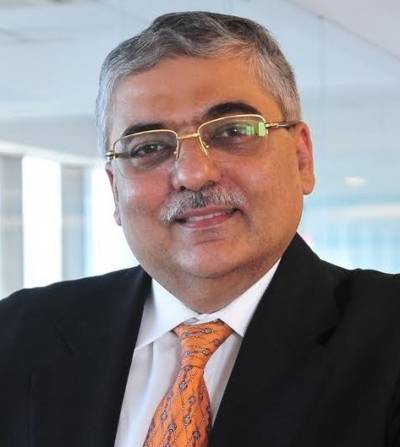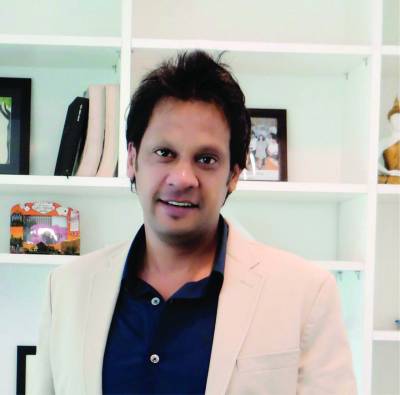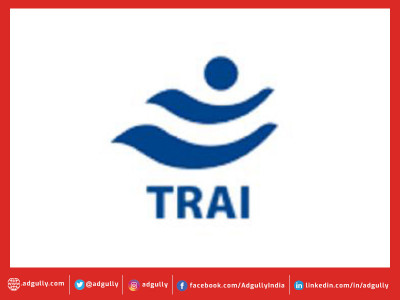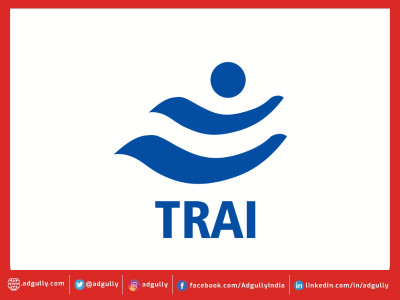With the new tariff regime coming into effect from tomorrow (February 1, 2019), there have been several speculations as to how the scenario would be. Some say that there could be an advertising blackout till the dust settles. Then there are some who have called for a temporary suspension of TV ratings by BARC as the consumers make the switch.
TRAI has emphatically stated that there would be no more extensions given for the migration. It has ordered DPOs to switch off the pay channels of those consumers who are yet to make the switch. They will receive only the FTA channels. This order will come into effect from February 7, 2019.
To clear the air and get a sharper industry focus on what the scenario would be like in the few weeks after the new tariff regime is implemented, Adgully spoke to Ashish Bhasin, Chairman & CEO - South Asia, Dentsu Aegis Network; Ashwini Kamat, Managing Partner, Mediacom; Pankaj Krishna, Founder & CEO, Chrome Data Analytics; and Deepak Sharma, Managing Director, Starcom India – North.
How will consumer engagement with broadcast media change?
Ashish Bhasin, Chairman & CEO - South Asia, Dentsu Aegis Network, remarked that nothing has changed just yet as the new regime has yet to be implemented. He didn’t think consumer behaviour or engagement would change significantly overnight, but added that “There will be a transition period where consumers for the first time will have to consciously make choices. That will be an interesting dynamic to observe.”
For Ashwini Kamat, Managing Partner, Mediacom, given the change in pricing what is going to change is that consumers will only pay for channels that they watch regularly. They will not want to pay for channels that they surf when “there is nothing good on TV”. As a result of which overall TV reach is likely to fall and the channels whose viewership will suffer the most will be long-tail or niche channels too. Kamat pointed out, “These could include channels in the genres of news, infotainment, travel and lifestyle, English entertainment, and kids’ genre. The independent channels in these genres, or smaller networks, stand to lose more since bigger networks have the option of bundling the channels with popular general entertainment ones.”
Pankaj Krishna, Founder & CEO, Chrome Data Analytics, noted that right now, there is no consumer engagement with the broadcasters at all, it is all through the DPOs. He, however, was hopeful that once the tariff order got implemented there would be transparency in the system. He added, “This is the first time in the history of television that the broadcaster is directly targeting the consumer by advertising the pricing. Broadcasters would be acting on different parts of the country in the market with their content. So, I think the more appropriate question is not how the media will change but what will start to change now.”
Giving his take on consumer behaviour in the new tariff regime, Deepak Sharma, Managing Director, Starcom India – North, observed that with the options available now, consumers would choose to pay what they want. He further said, “Typical consumer behaviour operates on – “My Favourite 5”, which gets applied to any choice that the consumer makes. Therefore, I think that many channels that used to get bundled with mainline channels might not be bought separately. The implication is that while earlier when those affinity channels were there on TV, then occasionally while surfing the consumer might stay there and the channel used to earn viewership. However, now since channels would be not there, so it will lose both number of counts as well as viewership.”
Impact on FTA channels
Mediacom’s Kamat was of the opinion that with the new tariff regime, FTA channels were likely to get higher viewership than they currently did and added that there would definitely be an increase in their advertising revenue, at least in the short term.
Agreeing with him, Krishna of Chrome Data Analytics noted, “FTA is going to become huge money spinner as only 100 channels are meant to make it to the FTA tier, out of which 26 will be Doordarshan’s. For the remaining 74 channels, the bidding will become very competitive. People are going to love the free channels and they will all pay money to bid there. The guy who holds the higher bid will get the slot.”
On the other hand, for Starcom’s Sharma, it looks like a blackhole at the moment. He observed, “The very fact that if it is going to be paid, technically it can’t operate on Freedish and without Freedish, viewership will take a nosedive in the rural markets. In the urban markets, I foresee a huge duplication of content, as lag in content supply on source channel and FTA channels have been bridged. Secondly, with content being almost identical, I am not sure how many people will pay extra for FTA, and even if they do, then it may not get as high a viewership. Lastly, I think loss of FTA can be gain for OTT, as increasingly smartphones are substituting TV.”
DAN’s Bhasin felt that as of now it was only guess work and said that one would get the real picture only many weeks into it. According to him, “It appears that FTA channels will have a little advantage as they are free and nobody will mind including those. To that extent they will be less impacted, but overall everything will be impacted; in some instances, positively and some not so positively perhaps. What it will do is separate good content from not so good content; channels that have consistently delivered good content will be agreeable to consumers to pay for. The value of content to the consumer will become the deciding factor.”
Industry expectations
Bhasin felt that as the new tariff regime was being implemented, there would be a period of uncertainty and change. He noted, “In a country as large and diverse as India, it is Utopian to expect that overnight such a smooth switchover will happen, where consumers will understand and change their habits the next morning. In reality, it will be a period of gradual transition and to my mind, it will take minimum of 4-6 weeks for things to settle down.”
Kamat saw a huge disruption taking place in viewership till such time that consumers are educated, figure out the new system and it gets completely implemented. According to him, measurement will become challenging. She pointed out, “There are currently 40,000 boxes that measure viewership in ~19MM homes; given the kind of flux in viewership that is expected, there may be a need to increase or recalibrate the sample size so that the ratings reflect the actual viewership.”
Krishna was of the opinion that the entire rating would become pretty meaningless because the sampling would not hold. Elaborating on this, he explained, “Right now, all the consumers get all the channels. So, if there is a sample of 30,000-40,000 homes and when every house will be different – someone has Star, someone has Sony – with such a variation how can you do the sampling? I think the biggest thing that the industry needs to go through is a complete overhaul of all sampling for the next 6 months or even 2 years.”
In a similar vein, Sharma said, “The key anticipation is that it may be media dark period, and that will throw everything out of gear, the way it had happened during the transition period from TAM to BARC.”
When asked whether there could be an advertising blackout on channels till the dust settles on the transition to the new tariff regime, Bhasin replied, “I don’t see any reason why advertisers should do so. I don’t believe that people will stop watching TV because of a government ruling. My own sense is that even though there will be change for a consumer, things will quickly get back to normal, perhaps a new normal. In the transition period new norms might get established, where some might gain and others lose. Even now, every week you find one channel is up while another is down. It might be a more substantial change because of the new regime, but I don’t see any reason why advertising would stop.”
Will we see a fluctuating subscriber base?
Commenting on whether the new tariff regime will see people subscribing to channels as per their viewing pattern, Bhasin said, “In theory it makes sense, but in practice what I’ve noticed is that consumers have a sense of inertia. For example, if you are regular international traveller, you would not switch off roaming every time you are back in India. Of course, if people are looking for something specific it might happen that way, but in a large country like ours everybody will have a different approach. Also, some channels may be priced in a manner where it might be beneficial to hang on for a longer time. It is hard to predict what it’ll be.”
Krishna, on the other hand, said that one could see seasonal changes with respect to sporting events. “In an ideal case scenario it will be driven by the consumer, but then there will be logistical constraints and the operators will not be equipped to handle these on and off demands. So, they won’t be able to change so rapidly.”



















Share
Facebook
YouTube
Tweet
Twitter
LinkedIn